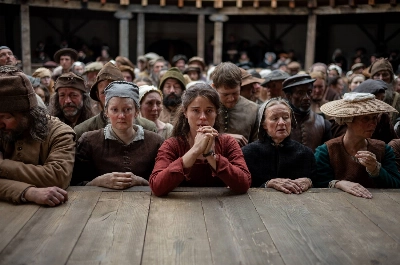We have to live in and manage a world in which the threat and use of force remain an ever present reality. The material capacity, economic efficiency, political organization and military skills in the use of force determine the international power hierarchy. Great powers rise and fall on the tide of history. Rivalry between them caused two world wars in the last century that strengthened the determination to tame the use of military force as an accepted part of sovereign statehood. The right to wage war in self-defense was kept by states, but otherwise the decision to authorize wars was restricted to the United Nations.
The conviction was that for peace to be maintained, the U.N. must be able and willing to use force in the name of the international community against outlaw states. This proved unduly optimistic. Instead the typical U.N. deployment of military troops took the form of "peace operations," not military combat missions.
The California-based Rand Corporation undertook a comparative study of U.S. combat and U.N. peace operations: "America's Role in Nation-Building: From Germany to Iraq" (2003) and "The U.N.'s Role in Nation-Building: From the Congo to Iraq" (2005). Its conclusions reinforce the need for complementary operations based on comparative advantage.

















With your current subscription plan you can comment on stories. However, before writing your first comment, please create a display name in the Profile section of your subscriber account page.